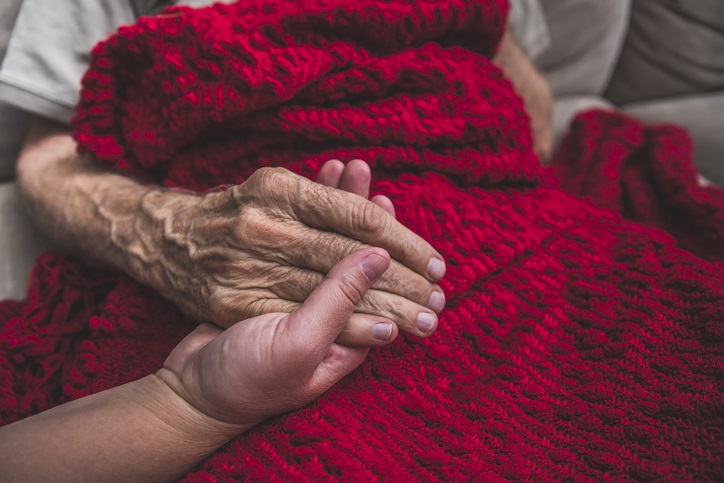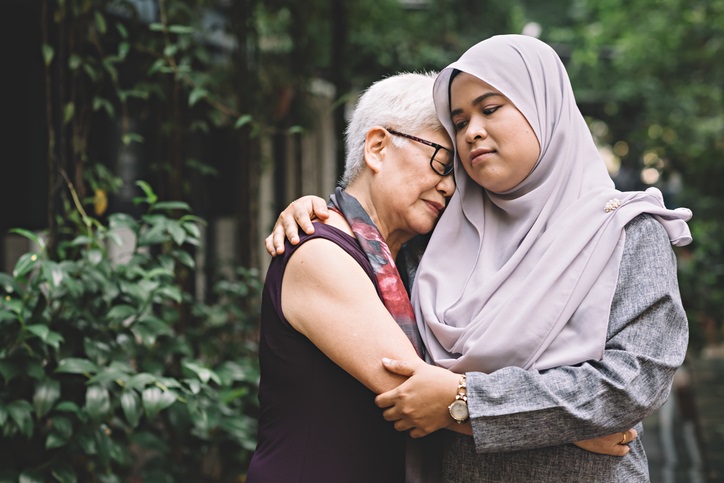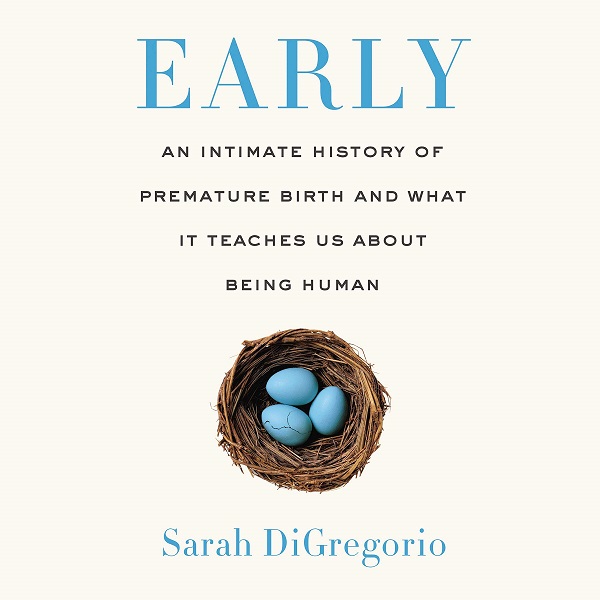So Now What?
Many questions compete for attention when death comes and life changes. Among the many, there is at least one question that stubbornly remains as the numbness fades and our awareness of what has happened increases: So, now what?
Part of us knew this day was coming, but we tried not to think about it. Or at least not think about it all the time. Another part of us hoped for a miracle. Another part said, “Maybe they’re wrong.” Other parts took us to other places—other thoughts, other things to do, anything else. Who can live with every moment thinking of death? But now death has come. Snuck in through the cracks or walked right through the front door without knocking. It’s here and a life is not. No more breath, no more heartbeat. No words, no smiles, no pain, no struggle, no hugs. Now our special one has died. So now what?
Or maybe it wasn’t expected. Maybe yesterday was fine, last night, and this morning even. It happened quickly and without warning. A sudden pain in the chest. Knees buckling and to the floor. Someone ran the light or crossed the center line. A gunshot. Most of the time death gives us a “heads up,” but sometimes the only warnings we get are the everyday and routine reminders of our mortality—cuts and bruises, aches and pains, trips, falls, newspaper headlines and obituary pages. But on this day, on this night, it comes in a flash, lightning from a clear blue sky. We see it, but we can’t really believe it. It’s too much and too terrible. Too sad. Yet there it is, the horrible news and the body in its first day of permanent stillness. So now what?
Perhaps we keep the question at bay in the beginning. There are things to do. People to inform. Arrangements to make. Decisions about who, what, and when. Autopsy, organ or tissue donation, embalming, burial, cremation, clothes, flowers, food, money—so many money questions, insurance, his things, and “she would have wanted you to have that.” A seemingly endless list of things to think about and do, but only seemingly, really. Eventually, the list dwindles and the planned activities end. No more caregiving demands. No more funeral to plan. The tasks that can be quickly done are done. The house is quiet. The bed is empty. There’s an emptiness in our arms and heart. The stubborn question has surfaced and resurfaced repeatedly in past days or weeks, but we’ve had our “to-do” list instead. Now our list isn’t protecting us like it did before. We’re sitting alone and the question pulls up a chair. Leaning back with crossed arms or leaning in and taking our hands. So now what?
How can we know? Questions are so much easier than answers, and this “now what?” is a hard question. Is this a “true or false?” Multiple choice? All of the above or none of the above? No, it is the most-feared, least-liked, anxiety-king kind of question. It’s an essay question with a landscape of empty space to fill. It’s a nightmare.
But here’s some good news. We have time. We don’t have to answer all at once. It’s a big question and it will take time. We can write just a little—the little that we think we know—and then put the pen down to come back and write more later. No one says we’ve got to fill up the page all at once, and if anyone does say that, well, let’s just say they have a lot to learn.
Some more good news. We have all that space. If we want, we can do lots of things, old things and new things. We can do what we know is helpful because this is not the first time we’ve faced this kind of question. We can do things we’ve never done—try them on for size and see how they feel. Some of this and some of that. It’s a time for testing. We are certainly being tested, and we can also do our own testing to see what works best for us. Sometimes we don’t know until we try.
And one more piece of good news. We can change our minds. We can think we know “what now” and then learn we were wrong. When that happens, we pull out the big eraser or we just cross out those misguided parts, think it over, and write some more. We take more time, however it suits us, and we use more of that big space. We can forgive ourselves, apologize if needed, and give it another try.
Who says we have to get the answer exactly right the first time? Whoever says that also has more learning to do. Even if it’s us saying that, we can remember that we have time, we have space, and we can change our minds. And we can ask for help because, thank goodness, it’s a question on life’s open-book test. There are no rules against asking for help. What did you write on this one? Any suggestions from past experience? I’ve been thinking about…what do you think? Help and support are available.
So, now what? We take a breath, take a hand, take a knee, take some time—whatever we need. It’s a big question and it won’t (can’t) be answered all at once. But word by word, sentence by sentence, we will write, revise, and write some more. As we are ready, pen and paper, and as much space as we need, will be there for us.

Greg Adams, LCSW, ACSW, FT
Program Coordinator
Center for Good Mourning
[email protected]
Other Voices
How do we do find ways to grieve and mourn together with all the necessary safety limitations of a pandemic? These grieving families show us how it can be done. Continue Reading...







